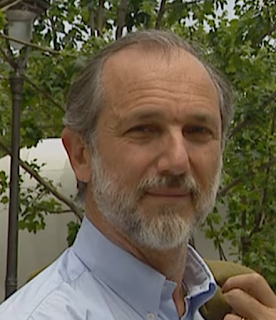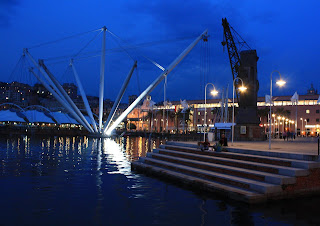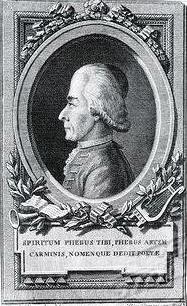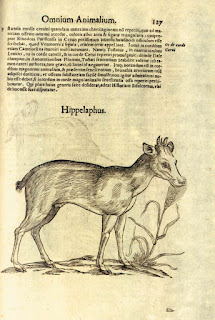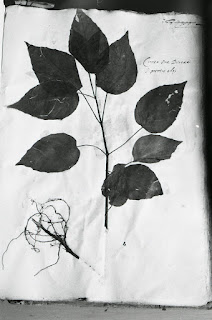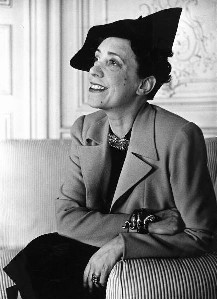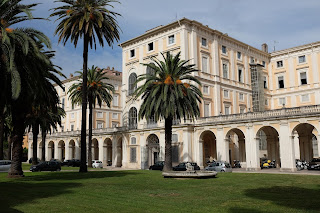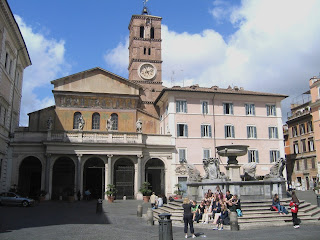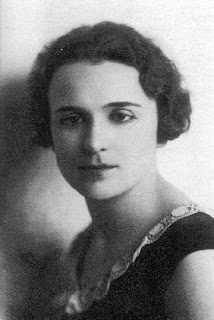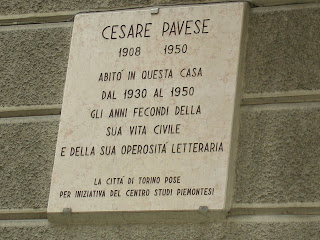Frascati sees groundbreaking development in education
 |
| José de Calasanz arrived in Rome from his native Aragon in 1592 |
The school was founded by a Spanish Catholic priest, José de
Calasanz, who was originally from Aragon but who moved to Rome in 1592 at the
age of 35.
Calasanz had a passion for education and in particular made
it his life’s work to set up schools for children who did not have the benefit
of coming from wealthy families.
Previously, schools existed only for the children of noble
families or for those studying for the priesthood. Calasanz established Pious
Schools and a religious order responsible for running them, who became known as
the Piarists.
Calasanz had been a priest for 10 years when he decided to
go to Rome in the hope of furthering his ecclesiastical career. He soon became involved with helping
neglected and homeless children via the Confraternity of Christian Doctrine.
He would gather up poor children on the streets and take them to schools, only to find that the teachers, who were not well paid, would
not accept them unless Calasanz provided them with extra money.
Calasanz, who was a well-educated man, responded by setting
up the first Pious School in the centre of Rome in 1600, so that homeless,
orphaned and neglected children had somewhere to go and could be provided with
a basic education.
 |
| Wolfgang Amadeus Mozart owed his early education to a Pious School |
He rented a house nears the church of Sant'Andrea della Valle in central Rome, where he
founded the Order of the Pious Schools or Piarists. He wrote a document setting
out the principles of his educational philosophy, with regulations for teachers
and for students.
The Frascati school differed from others he had set up in
that it was open to all children, not only those he rescued from poverty on the
streets. It was also open to children
who were not orphaned or neglected, but who came from poor families and would
not otherwise have had the chance to receive a formal education.
It is therefore recognised as the first free public primary school
in Europe.
The Piarists spread the concept of free primary education
and as well as setting up many more schools across Europe encouraged many
states to follow their lead.
Francisco Goya, Wolfgang Amadeus Mozart, Franz Schubert,
Gregor Mendel and Victor Hugo all owed their early education to Piarist Schools.
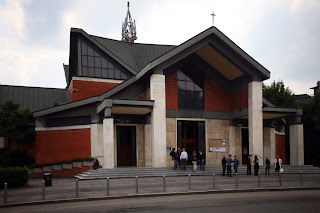 |
| The church of San Giuseppe Calasanzio in Milan |
However, eight years after his death, Pope Alexander VII cleared
his name and that of the Pious Schools. In 1748 he was beatified by Pope Benedict XIV
and canonised by Pope Clement XIII in 1767.
In 1948, Pope Pius XII declared Saint Joseph of Calasanz the
patron of Christian popular schools.
A number of churches have been dedicated to Saint Joseph, including the modern Chiesa di San Giuseppe Calasanzio in via Don Carlo Gnocchi, in the San Siro district of Milan, which was designed by the architect Carlo Bevilacqua and completed in 1965.
A number of churches have been dedicated to Saint Joseph, including the modern Chiesa di San Giuseppe Calasanzio in via Don Carlo Gnocchi, in the San Siro district of Milan, which was designed by the architect Carlo Bevilacqua and completed in 1965.
Situated just 21km (13 miles) from the centre of Rome, Frascati
offers visitors to the region an alternative to staying in the capital that is
more peaceful and relaxed. One of the
towns that make up the Castelli Romani, it is perched on a hill to the
southeast of Rome, offering fine views across the city as well as cleaner air.
It was popular with the wealthy from Roman times to the Renaissance, and
remains a draw for Romans today, although thankfully with bars and restaurants
to suit all pockets. In its heyday there
were many grand villas and it was unfortunate that the town’s strategic
position made it a target for bombing during the Second World War, with many
buildings destroyed. The Villa Aldobrandi, which overlooks one of the main
piazzas, is one that remains, with extensive gardens open to the public.
The Basilica of Sant’Andrea della Valle, situated in the
heart of historic Rome where Corso del Rinascimento meets Corso Vittorio
Emanuele II, is as famous for having been an important setting in the Puccini
opera Tosca as it is for its baroque art and architecture. The first act is set
inside the 17th-century baroque church, whose dome is the third largest in
the city after the Pantheon and St. Peter's. Like the façade, the dome was designed
by Carlo Maderno. The humanist popes
from Siena, Pius II and Pius III, are both buried inside.

